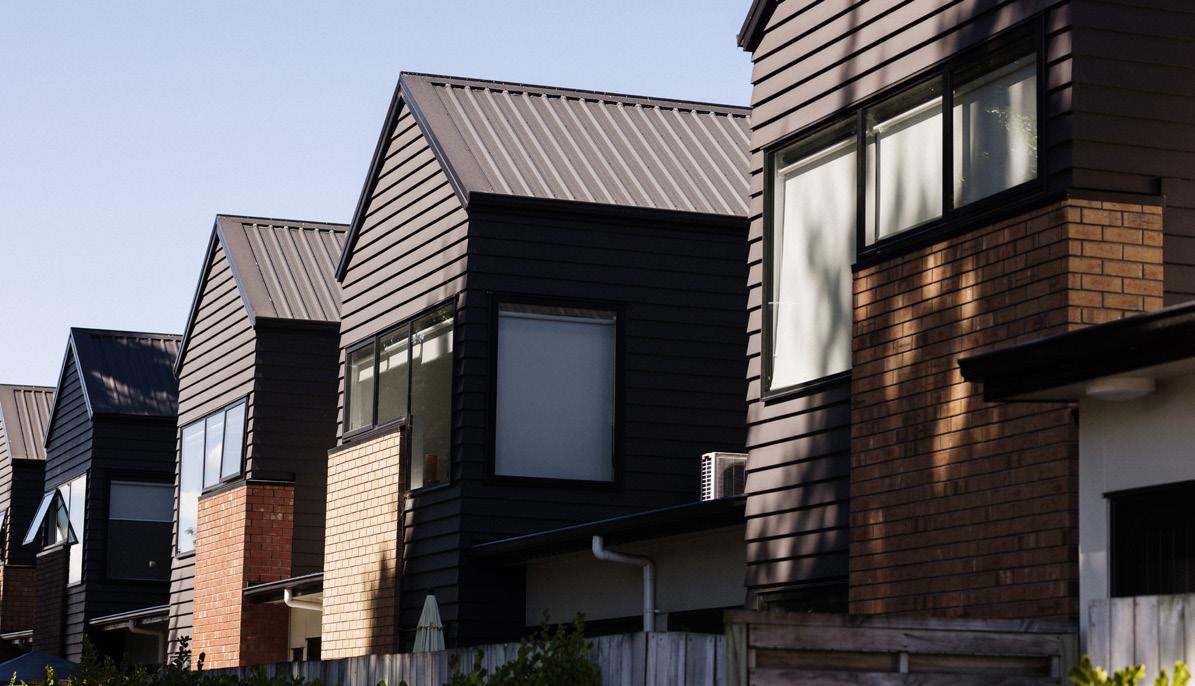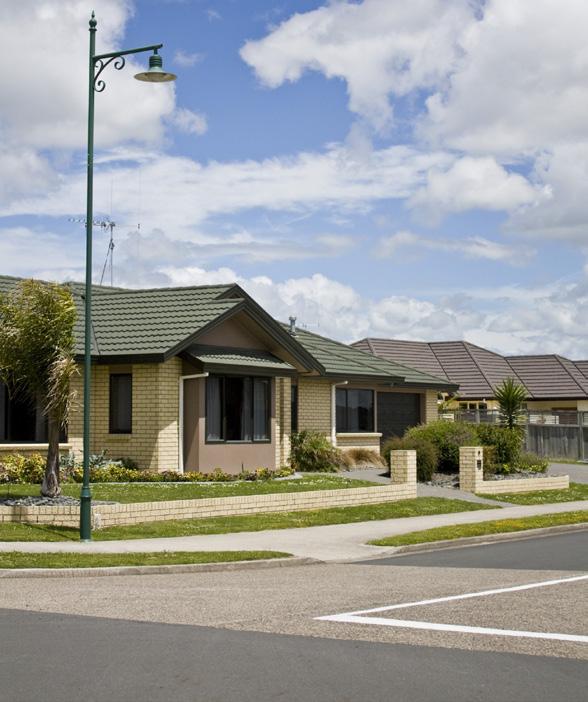
3 minute read
Housing preference survey
from 2021 Report
HOUSING Housing preference survey
In late-2020 a housing choice study, The Housing We’d Choose, was completed to try and better understand the demand side of the housing equation in our region – what was important to people when buying a new home and what were the trade-offs that they would make when constrained by what they could afford?
Advertisement
The study covered the Hamilton, Waikato and Waipaa districts, was undertaken by Market Economics and included responses from more than 800 residents. People were asked to rate the importance of certain location features, local environmental features, property features, and the facilities nearby. They were also given a set of choices that were constrained by their household financial situation. Overall, the most important features were being safe from crime, being a standalone house and a freehold title. Being sunny and safe from natural hazards were also important.
Generally, participants preferred larger houses and were prepared to choose a different type of home and location to have a larger house. Price was of course a key consideration and was the fundamental reason why participants changed their preference.
Some of the key findings included:
• Duplexes, townhouses and apartments were more likely to be chosen over a standalone house when they were larger.
• People were willing to trade location for a larger home.
• Cost was a determining factor.

• Attached dwellings, like apartments, will become more acceptable over time.
• Increased demand for two-bedroom homes is likely as the population ages.
• 71% of participants who were planning to move in the next five years were planning to stay within the Hamilton-Waikato-Waipaa area.
There were four categories of features to rate. The most important location features were having easy access to shops, being near family and friends and easy access to work. Features of some importance were easy access to the city centre, public transport, and restaurants and cafes; and being in a familiar area.
Being near a GP/healthcare provider was the most important proximity to facilities feature followed by being near a preferred school. Being near a park or reserve and being near a hospital was also important.
The local environment features had some of the highest very important scores. Safe from crime was rated very important by 77% of participants and of some importance by another 22%. Safe from natural hazards, away from industrial areas, noise and busy roads were also very important or somewhat important for more than 90% of participants. Having a view was the least important.
Property features also rated very highly. Being sunny was very important for 70% of participants. Adequate off-street parking, being a standalone dwelling, and having a section that is easy to maintain were rated very important or of some importance by over 90% of participants.
Overtime apartments and townhouses are becoming more acceptable. Price, location and size of the home are all important factors for where people in Hamilton and Waikato choose to live.
A freehold title, being fully fenced, having a lawn, and having a balcony or outdoor dining space were also all important for many participants.
The most popular unconstrained location in Hamilton was Hamilton North followed by Hamilton East. Once choice was constrained by financial affordability, Hamilton East was the most common choice followed by Hamilton North. The most building consents issued between 2015 to 2020 were in the Hamilton North area and were closely aligned with choice. Hamilton South area had the largest discrepancy between consents and choice, both constrained and unconstrained, with consents being significantly greater than choice.









